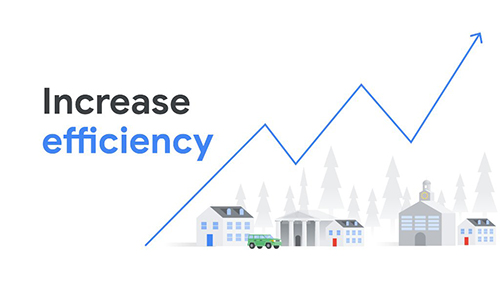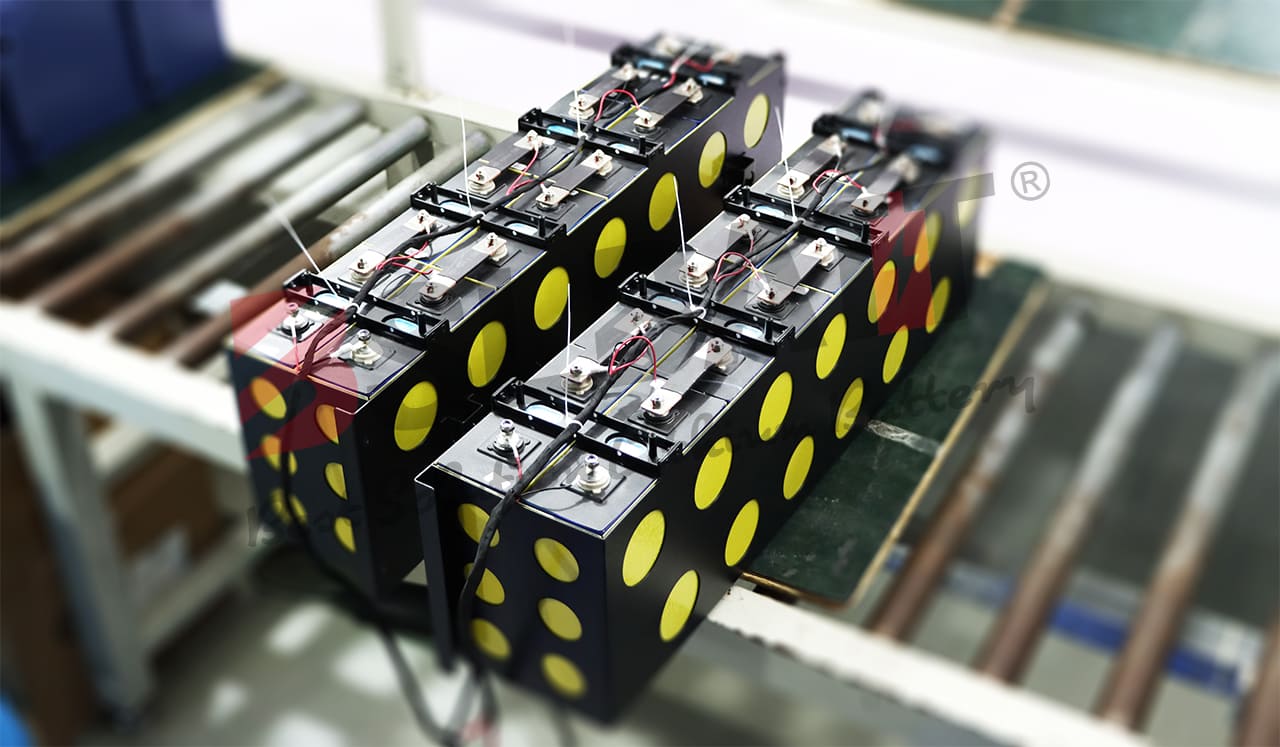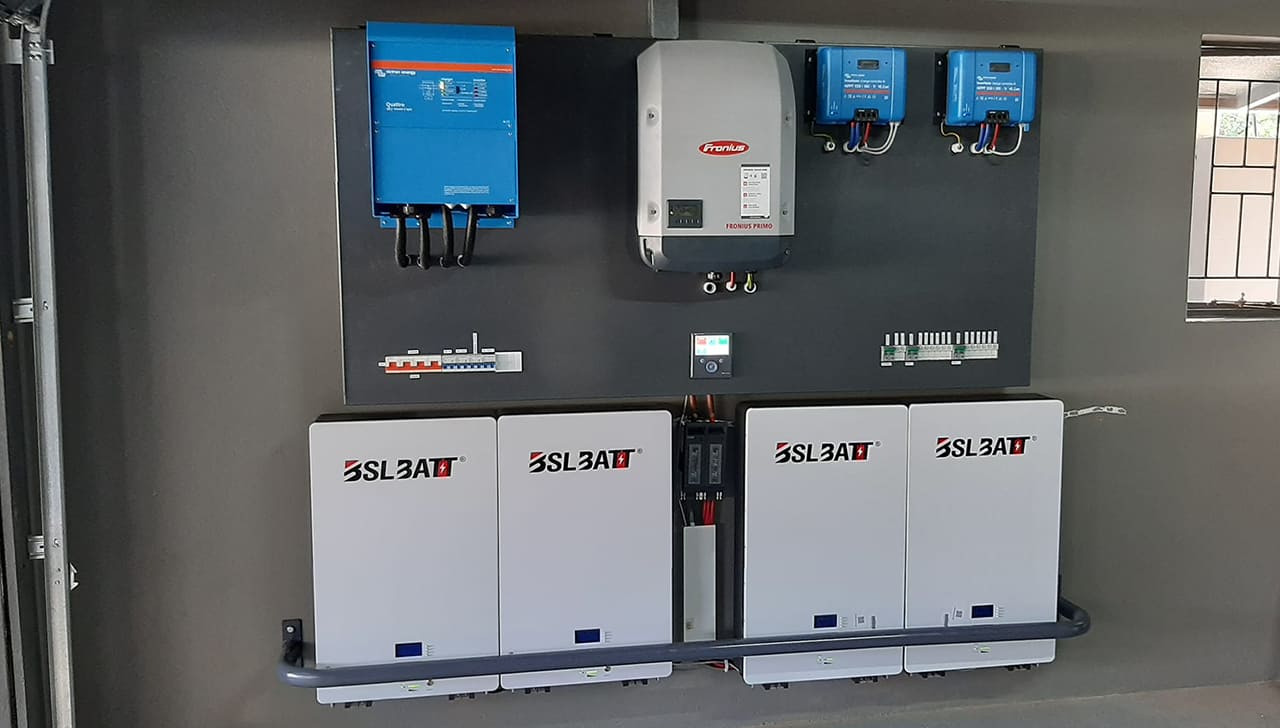Residential battery storage systems are still a hot market, with much of Africa still plagued by increasing blackout markets, and much of Europe plagued by rising energy prices due to the Russian-Ukrainian war, as well as nearby areas of the U.S. where natural disasters are a constant concern for grid stability, so it is essential for consumers to invest in home solar battery storage system is a necessity for consumers. BSLBATT’s battery sales in the first three quarters of 2022 increased 256% – 295% relative to the same period in 2021, and consumer demand for BSLBATT home solar batteries is expected to increase another 335% in the fourth quarter as 2022 comes to a close. with residential solar With residential solar batteries, the self-consumption of electricity in PV systems can be increased significantly. But what about the economic efficiency and longevity of expensive solar lithium batteries? Economic Efficiency and Service Life of A Home Solar Battery Storage and Why It Is Worthwhile Solar power batteries for home photovoltaic system (PV system) is similar to car battery in the way it works. It can store electricity and also release it again. Physically correct you should call it an accumulator or battery. But the term battery has become generally accepted. That is why these devices are also called home solar batteries or residential solar batteries.  A photovoltaic system only generates electricity when the sun is shining. The highest yield is around midday. At this time, however, a normal household needs little or no electricity. This is because the greatest demand is in the evening. At this time, however, the system no longer produces electricity. This means that, as the owner of a PV system, you can actually use only a portion of the solar power directly. Experts reckon with a share of 30 percent. For this reason, photovoltaic systems have been subsidized from the outset in that you sell the surplus electricity to the public grid in return for a feed-in tariff. In this case, your responsible energy supplier takes the electricity from you and pays you the feed-in tariff. In the early years, the feed-in tariff alone made it worthwhile to operate a PV system. Unfortunately, this is no longer the case today. The amount paid per kilowatt hour (kWh) fed into the grid has been steadily reduced by the state over the years and continues to fall. Although it is guaranteed for 20 years from the time the plant is commissioned, it becomes later with each passing month. For example, in April 2022, you received a feed-in tariff of 6.53 cents per kWh for a system size below 10 kilowatt-peak (kWp), a typical size for a single-family home. For a system that went into operation in January 2022, the figure was still 6.73 cents per kWh. There is a second fact that is even more significant. If you meet only 30 percent of your household’s electricity needs with photovoltaics, you’ll have to buy 70 percent from your public utility. Until recently, the average price per kWh in Germany was 32 cents. That’s almost five times what you get as a feed-in tariff. And we all know that energy prices are rising rapidly at the moment due to current events(The ongoing impact of the Russia-Ukraine war). The solution can only be to cover a higher percentage of your total needs with electricity from your photovoltaic system. With every kilowatt-hour less that you have to buy from the power company, you save pure money. And the higher your electricity costs rise, the more it pays off for you. You can achieve this with home power storagefor your PV system. Experts estimate that self-consumption will increase to around 70 to 90 %. The house battery storage takes the solar power produced during the day and makes it available for consumption in the evening when the solar modules can no longer supply anything. What Types of Home Solar Battery Storage are There? You can find detailed information on the different types of residential solar battery in our article. Lead-acid batteries and lithium-ion batteries have become established for smaller systems in the residential sector. Currently, modern lithium-ion solar batteries have almost replaced the older lead-based storage technology. In the following, we will concentrate on lithium-ion solar batteries, since lead batteries hardly play a role in new purchases. There are now many suppliers of battery storage systems on the market. The prices vary accordingly. On average, experts assume acquisition costs in the range of $950 and $1,500 per kWh of storage capacity. This already includes VAT, installation, inverter and charge controller.
A photovoltaic system only generates electricity when the sun is shining. The highest yield is around midday. At this time, however, a normal household needs little or no electricity. This is because the greatest demand is in the evening. At this time, however, the system no longer produces electricity. This means that, as the owner of a PV system, you can actually use only a portion of the solar power directly. Experts reckon with a share of 30 percent. For this reason, photovoltaic systems have been subsidized from the outset in that you sell the surplus electricity to the public grid in return for a feed-in tariff. In this case, your responsible energy supplier takes the electricity from you and pays you the feed-in tariff. In the early years, the feed-in tariff alone made it worthwhile to operate a PV system. Unfortunately, this is no longer the case today. The amount paid per kilowatt hour (kWh) fed into the grid has been steadily reduced by the state over the years and continues to fall. Although it is guaranteed for 20 years from the time the plant is commissioned, it becomes later with each passing month. For example, in April 2022, you received a feed-in tariff of 6.53 cents per kWh for a system size below 10 kilowatt-peak (kWp), a typical size for a single-family home. For a system that went into operation in January 2022, the figure was still 6.73 cents per kWh. There is a second fact that is even more significant. If you meet only 30 percent of your household’s electricity needs with photovoltaics, you’ll have to buy 70 percent from your public utility. Until recently, the average price per kWh in Germany was 32 cents. That’s almost five times what you get as a feed-in tariff. And we all know that energy prices are rising rapidly at the moment due to current events(The ongoing impact of the Russia-Ukraine war). The solution can only be to cover a higher percentage of your total needs with electricity from your photovoltaic system. With every kilowatt-hour less that you have to buy from the power company, you save pure money. And the higher your electricity costs rise, the more it pays off for you. You can achieve this with home power storagefor your PV system. Experts estimate that self-consumption will increase to around 70 to 90 %. The house battery storage takes the solar power produced during the day and makes it available for consumption in the evening when the solar modules can no longer supply anything. What Types of Home Solar Battery Storage are There? You can find detailed information on the different types of residential solar battery in our article. Lead-acid batteries and lithium-ion batteries have become established for smaller systems in the residential sector. Currently, modern lithium-ion solar batteries have almost replaced the older lead-based storage technology. In the following, we will concentrate on lithium-ion solar batteries, since lead batteries hardly play a role in new purchases. There are now many suppliers of battery storage systems on the market. The prices vary accordingly. On average, experts assume acquisition costs in the range of $950 and $1,500 per kWh of storage capacity. This already includes VAT, installation, inverter and charge controller.  The future price development is difficult to estimate. As a result of the decreasing and already no longer attractive feed-in tariff for solar power, increasing demand for house battery storage is to be expected. This in turn will lead to higher production volumes and thus to falling prices. We have already been able to observe this over the past 10 years. But manufacturers are not yet making a profit on their products at the moment. Added to this is the current supply situation for raw materials and electronic components. Some of their prices have risen sharply or there are supply bottlenecks. Manufacturers, therefore, have little scope for price reductions and are not in a position to increase unit sales significantly. All in all, you can unfortunately only expect stagnating prices in the near future. The Lifetime of An Home Solar Battery Storage The service life of the house battery storage technology plays a decisive role in the profitability analysis. If you have to replace the residential solar battery system within the predicted payback period, the calculation no longer adds up. Therefore, you should avoid anything that negatively affects the service life. The residential solar battery should be housed in a dry and cool room. Higher temperatures above the usual room temperature should be avoided. Ventilation is not necessary for lithium-ion batteries, but it does no harm either. Lead-acid batteries, however, must be ventilated. The number of charge/discharge cycles is also important. If the residential solar battery capacity is too small, it will be charged and discharged more often. This reduces the service life. BSLBATT house battery storage uses Tier One, A+ LiFePo4 Cell Composition, which can typically withstand 6,000 cycles. If charged and discharged daily, this would result in service life of over 15 years. Experts have assumed an average of 250 cycles per year. This would result in service life of 20 years. Lead batteries can withstand about 3,000 cycles and last about 10 years.
The future price development is difficult to estimate. As a result of the decreasing and already no longer attractive feed-in tariff for solar power, increasing demand for house battery storage is to be expected. This in turn will lead to higher production volumes and thus to falling prices. We have already been able to observe this over the past 10 years. But manufacturers are not yet making a profit on their products at the moment. Added to this is the current supply situation for raw materials and electronic components. Some of their prices have risen sharply or there are supply bottlenecks. Manufacturers, therefore, have little scope for price reductions and are not in a position to increase unit sales significantly. All in all, you can unfortunately only expect stagnating prices in the near future. The Lifetime of An Home Solar Battery Storage The service life of the house battery storage technology plays a decisive role in the profitability analysis. If you have to replace the residential solar battery system within the predicted payback period, the calculation no longer adds up. Therefore, you should avoid anything that negatively affects the service life. The residential solar battery should be housed in a dry and cool room. Higher temperatures above the usual room temperature should be avoided. Ventilation is not necessary for lithium-ion batteries, but it does no harm either. Lead-acid batteries, however, must be ventilated. The number of charge/discharge cycles is also important. If the residential solar battery capacity is too small, it will be charged and discharged more often. This reduces the service life. BSLBATT house battery storage uses Tier One, A+ LiFePo4 Cell Composition, which can typically withstand 6,000 cycles. If charged and discharged daily, this would result in service life of over 15 years. Experts have assumed an average of 250 cycles per year. This would result in service life of 20 years. Lead batteries can withstand about 3,000 cycles and last about 10 years.  Future & Trends in Home Solar Battery Storage Lithium-ion technology has not yet been exhausted and is constantly being further developed. Further progress can be expected here in the future. Other storage systems such as redox flow、salt water batteries and sodium-ion batteries are more likely to gain importance in the large-scale sector. After their service life in PV storage systems and electric cars, lithium-ion batteries will continue to be used in the future. This makes sense because the raw materials used are expensive and their disposal is comparatively problematic. The residual storage capacity makes it possible to use them in large-scale stationary storage systems. The first plants are already in operation, such as the storage facility at the Herdecke pumped storage plant.
Future & Trends in Home Solar Battery Storage Lithium-ion technology has not yet been exhausted and is constantly being further developed. Further progress can be expected here in the future. Other storage systems such as redox flow、salt water batteries and sodium-ion batteries are more likely to gain importance in the large-scale sector. After their service life in PV storage systems and electric cars, lithium-ion batteries will continue to be used in the future. This makes sense because the raw materials used are expensive and their disposal is comparatively problematic. The residual storage capacity makes it possible to use them in large-scale stationary storage systems. The first plants are already in operation, such as the storage facility at the Herdecke pumped storage plant.
Post time: May-08-2024








